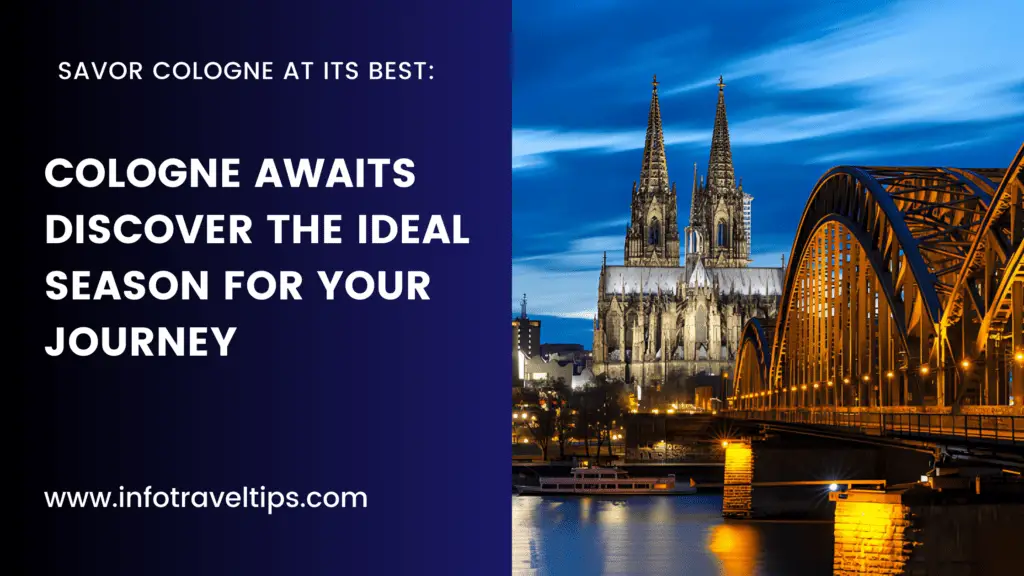Germany is renowned for its efficient and comprehensive public transportation system, which makes exploring this culturally rich and picturesque country a breeze for tourists. This guide delves into the various modes of public transport available in Germany – including the U-Bahn, S-Bahn, buses, and trams – and offers practical tips to navigate them with ease.
transportation in Germany for tourists
Understanding Germany’s Public Transportation
U-Bahn and S-Bahn: The Backbone of Urban Travel
- U-Bahn (Underground/Subway): The U-Bahn primarily operates in major German cities like Berlin, Hamburg, and Munich. It’s an excellent option for quick and direct travel within city centers and surrounding areas.
- S-Bahn (Suburban Train): The S-Bahn extends beyond the reach of the U-Bahn, connecting the city center with outer suburbs and nearby towns. It’s perfect for day trips or visiting areas slightly off the beaten path.
Buses and Trams: Flexible and Extensive Coverage
- Buses: Almost every area in Germany, no matter how remote, is accessible by bus. Buses complement the train services, providing access to areas not covered by rail.
- Trams: Trams are common in cities that do not have a U-Bahn system. They are a scenic way to travel, offering views of the city streets.
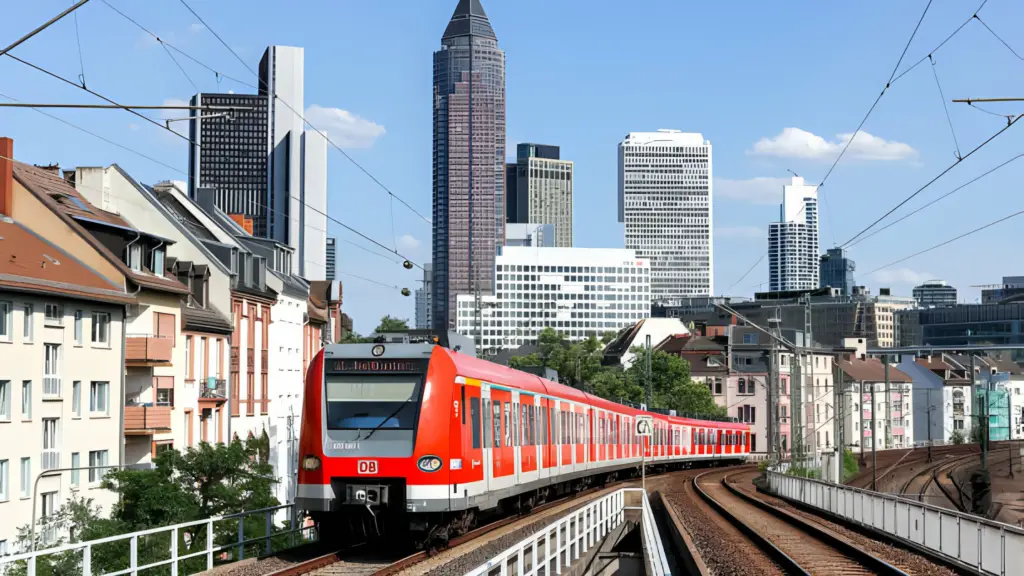
Tips for Using Public Transportation in Germany
Planning Your Journey
- Use Journey Planner Apps: Apps like DB Navigator or Google Maps are invaluable for planning your route. They provide real-time information on schedules, platform changes, and delays.
- Understand the Zone System: Urban areas in Germany are divided into zones for public transportation. Ensure you know which zones your journey will cover to purchase the correct ticket.
Tickets and Fares
- Ticket Types: Familiarize yourself with the different types of tickets, including single journey tickets, day passes, group tickets, and weekly/monthly passes.
- Where to Buy: Tickets can be purchased at machines in stations, online, or on the bus/tram (usually with a higher fare).
- Validation: In some cities, you need to validate (stamp) your ticket before starting your journey. Look for the small yellow or red boxes on platforms or inside the buses/trams.
Etiquette and Tips
- Peak vs. Off-Peak: Traveling during off-peak hours can be less crowded and sometimes cheaper.
- Seat Etiquette: Priority seats are reserved for the elderly, pregnant women, and those with disabilities. Be mindful and offer your seat if needed.
- Bicycle-Friendly: Many trains and trams allow bicycles, but you may need a separate ticket for your bike.

Navigating Major Cities
Berlin
- Extensive Network: Berlin’s BVG operates U-Bahn, buses, trams, and ferries. The U-Bahn in Berlin is one of the most extensive and convenient ways to explore the city.
- Tourist Tickets: Consider the Berlin WelcomeCard, offering unlimited travel and discounts on many tourist attractions.
Munich
- MVV Network: Munich’s
public transport is managed by MVV and includes U-Bahn, S-Bahn, trams, and buses, covering even the most remote parts of the city.
- Munich City Tour Card: This is an excellent option for tourists, offering unlimited travel and discounts on various attractions.
Hamburg
- HVV System: Hamburg’s transport system includes U-Bahn, S-Bahn, buses, and ferries. The ferry service, particularly the Line 62, offers a scenic route along the Elbe River.
- Hamburg CARD: Similar to other city cards, it provides unlimited travel and discounts on tours, museums, and restaurants.
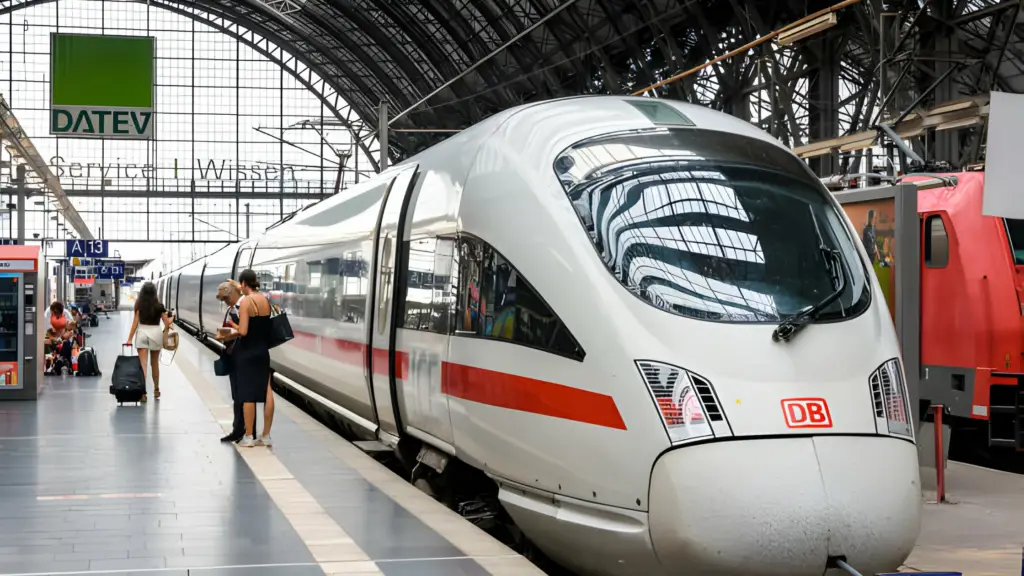
Exploring Beyond the Cities
Regional Trains and Buses
- Deutsche Bahn (DB): For longer journeys between cities or to picturesque rural areas, the DB’s regional trains are a comfortable and efficient choice.
- Intercity Buses: Companies like FlixBus offer affordable and comfortable travel options between major cities and towns.
table chart on transportation options in Germany for tourists
| Transportation Mode | Description | Average Cost (€) | Tips/Important Information |
|---|---|---|---|
| Regional Trains | Connects cities and towns across regions | 20 – 60 (depending on distance) | Book in advance for savings; check regional passes |
| Intercity-Express (ICE) | High-speed trains connecting major cities | 30 – 150 (depending on distance and booking time) | Early booking can significantly reduce fares |
| Buses | Nationwide network covering smaller towns and cities | 5 – 50 (depending on distance) | Long-distance buses are a budget-friendly option |
| Local Public Transport (U-Bahn, S-Bahn, Trams, Buses) | Urban transportation systems in cities | 2.80 – 3.60 (single ticket) | Day or group tickets offer unlimited travel and savings |
| Car Rental | Flexible travel at your own pace | 30 – 70 per day (excluding fuel) | Requires a valid driving license; consider insurance options |
| Bicycle Rental | Eco-friendly way to explore cities and countryside | 10 – 20 per day | Widely available in cities; great for short distances |
| Taxis | Convenient for short distances or when in a hurry | Base fare of 3.50 – 4.00, plus 1.50 – 2.00 per km | Useful for late-night travel; higher rates at night |
| Domestic Flights | The base fare of 3.50 – 4.00, plus 1.50 – 2.00 per km | 60 – 200 (depending on route and booking time) | Check low-cost carriers for best deals; book in advance |
Scenic Routes
- Romantic Road: Travel along this famous route using a combination of regional trains and buses, exploring medieval towns and castles.
- Rhein Valley: Use regional trains to explore the stunning landscapes and quaint towns along the Rhein River.
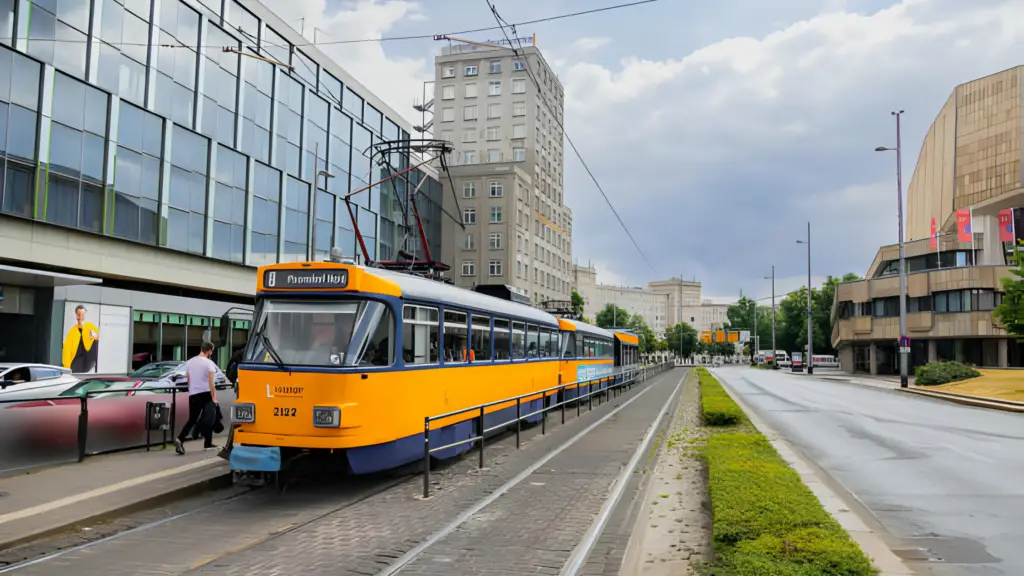
Making the Most of Your Travel
Embrace the Local Culture
- Public Transport as a Cultural Experience: Traveling on public transport in Germany offers more than just convenience; it’s a way to immerse yourself in the daily life of locals. Observe the everyday interactions and routines, giving you a deeper understanding of German culture.
Connectivity to Major Attractions
- Easy Access to Landmarks: Most major tourist attractions in Germany are easily accessible by public transport. For instance, in Berlin, the U-Bahn can take you close to the Brandenburg Gate, while in Munich, the S-Bahn stops near the English Garden.

Travel Tips for Tourists
Stay Informed
- Check Timetables in Advance: While German public transport is known for its punctuality, it’s always good to check the timetables, especially on weekends and holidays when the schedule might be different.
- Language Barrier: Most information signs and announcements are in German, but major cities often have information in English too. Learning a few basic German phrases for navigation can be helpful.
Safety and Security
- Safe and Secure: Germany’s public transportation system is known for its safety. However, as with any travel, keep an eye on your belongings, especially in crowded areas.
Discounts and Special Offers
- Tourist Cards: Many cities offer tourist cards that can include free or discounted public transport, along with discounts on attractions. They can be a cost-effective option if you plan to visit multiple sites.
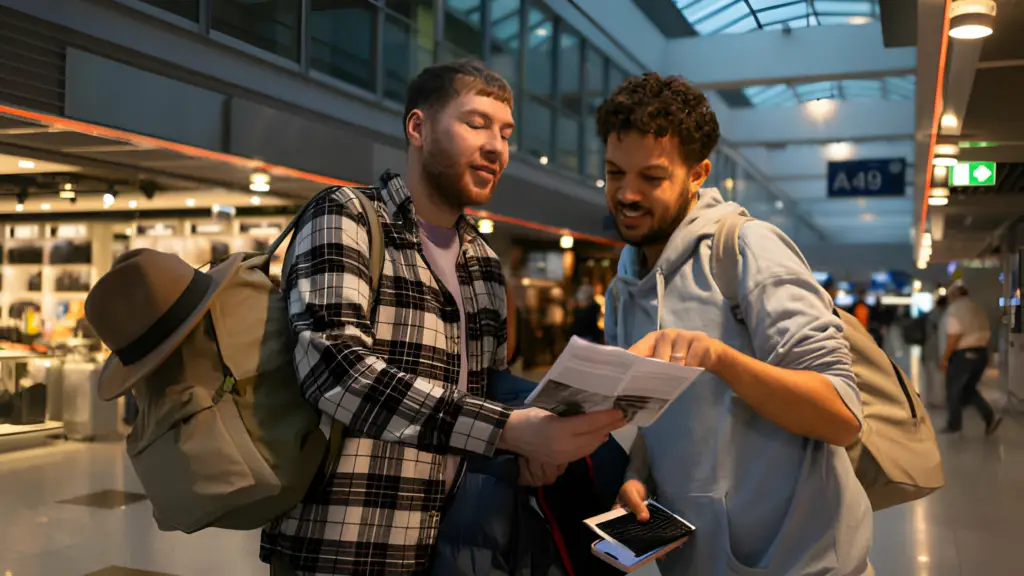
Experiencing Germany Beyond the Guidebook
Off the Beaten Path
- Discover Unexplored Areas: Use the extensive network of public transportation to explore lesser-known neighborhoods, quaint towns, and hidden gems that are not typically part of tourist itineraries.
- Bike and Ride: Many cities in Germany are incredibly bike-friendly and integrate seamlessly with public transport. Consider renting a bike and using trains or buses as part of your exploration.
- Seasonal Travel: Germany is famous for its seasonal events, like Christmas markets and Oktoberfest. Public transport can enhance your experience by easing the challenge of navigating through crowded cities during these popular events.
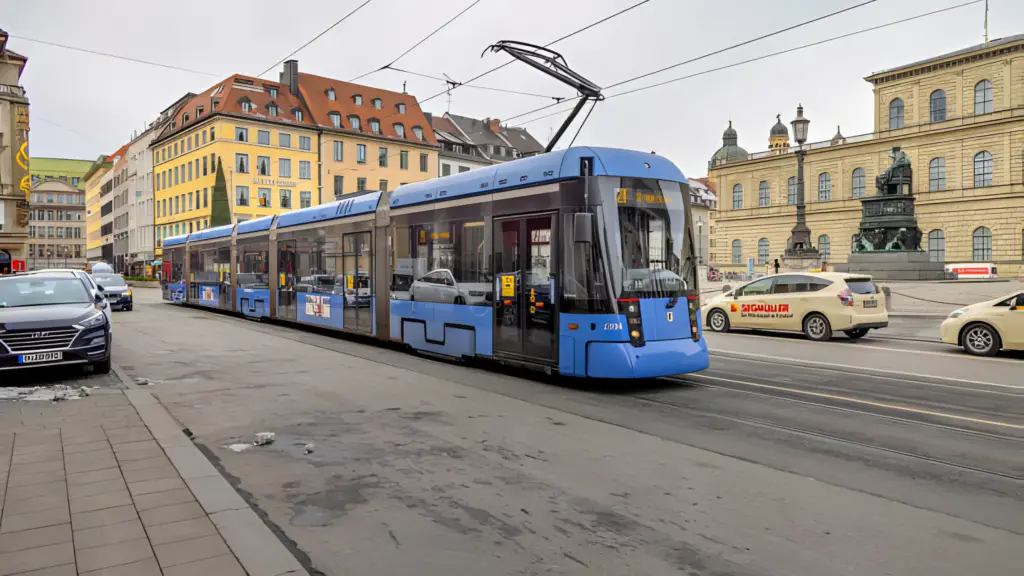
Connecting with Nature
- National Parks and Nature Reserves: Germany boasts numerous national parks and nature reserves, many of which are accessible by regional trains and buses. Plan a day trip to places like the Black Forest or Saxon Switzerland National Park to experience Germany’s stunning natural landscapes.
- Exploring Beyond One City: If you plan to visit multiple cities, consider getting a rail pass like the Eurail or InterRail pass, which offers unlimited travel across Germany and other European countries.
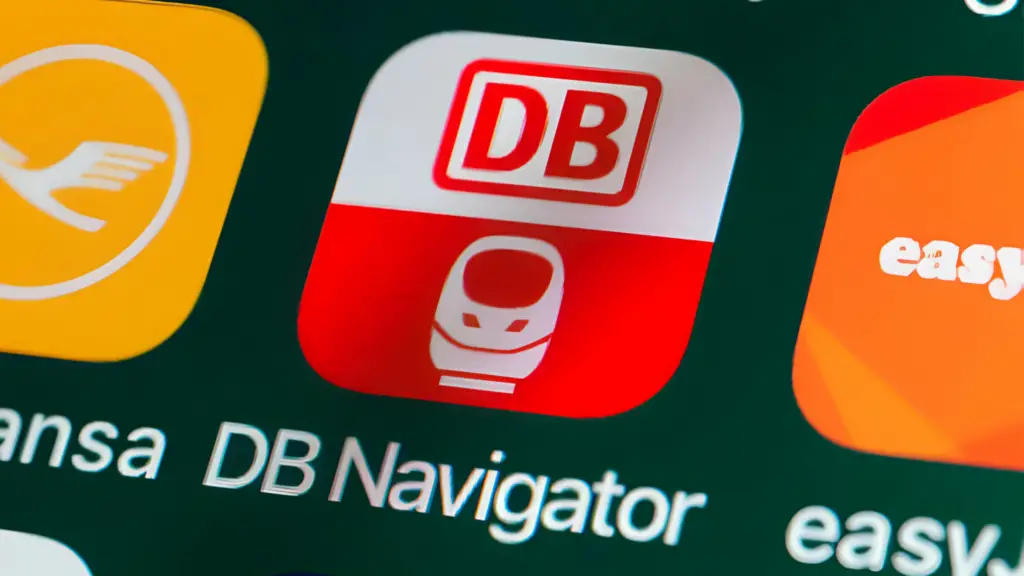
Regional Specialties and Culinary Tours
- Culinary Exploration: Utilize Germany’s regional trains and buses to embark on a culinary journey. Each region offers its unique cuisine, from Bavarian pretzels and beers to the seafood delicacies of the North Sea coast.
- Airport Transfers: Major airports in Germany are well-connected to city centers and regional destinations via public transport. This connectivity makes it easy for tourists to start or end their journey efficiently.
Public Transport for Cross-Country Tours
- Discover Multiple Regions: Plan a cross-country tour using Germany’s extensive public transport. It’s a cost-effective and enriching way to experience the diversity of the country, from the bustling streets of Frankfurt to the peaceful vineyards along the Mosel River.
- Inclusive Travel: Most of the German public transport system is accessible, catering to travelers with disabilities. Facilities like low-floor buses, accessible train platforms, and visual as well as audio announcements make traveling easier for everyone.
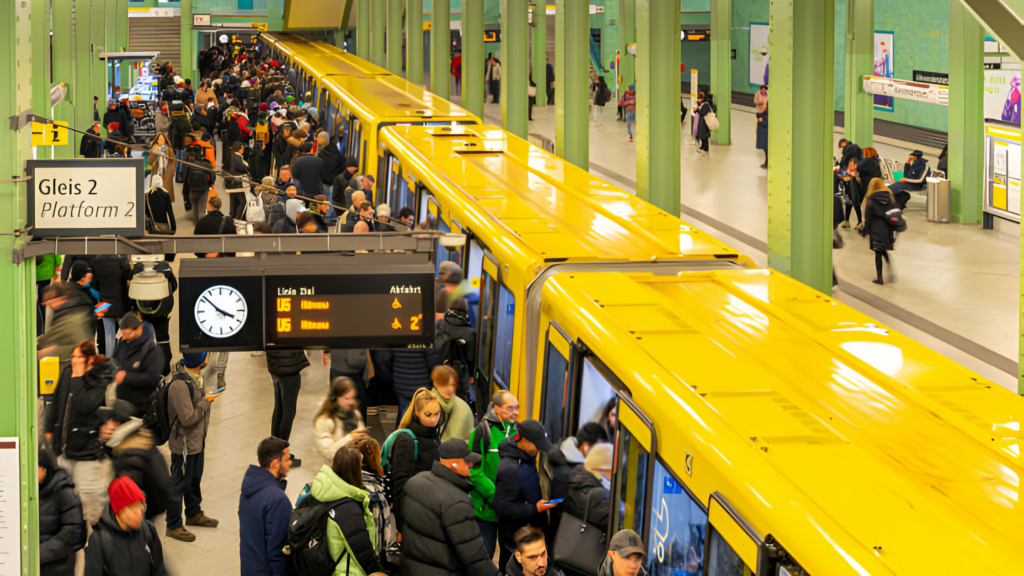
Traveling with Kids
Eco-Friendly and Sustainable Travel
- Sustainable Exploration: By using public transportation, tourists contribute to reducing carbon emissions. Germany’s commitment to environmental sustainability is evident in its efficient and eco-friendly public transport network.
Staying Connected
- Wi-Fi and Connectivity: Many public transport options, especially trains and some buses, offer Wi-Fi, allowing tourists to stay connected, share their experiences, or plan their journeys on the go.
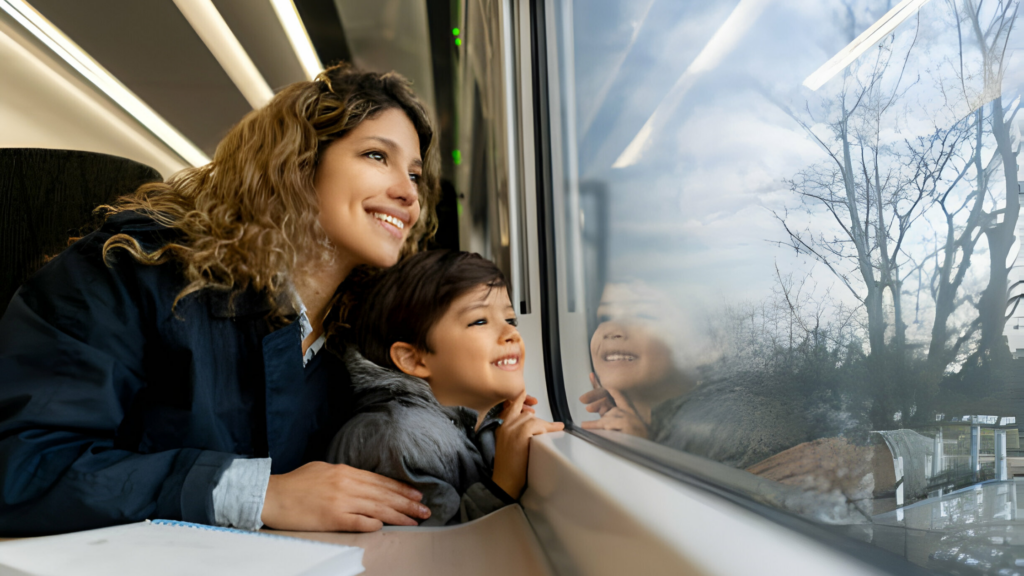
Conclusion
Navigating the public transportation system in Germany is an adventure in itself. With its punctuality, extensive network, and various ticket options, it caters to the needs of every traveler. Whether you’re exploring the vibrant streets of Berlin, the historical sites of Munich, or the scenic countryside, Germany’s public transport system is your reliable companion. So grab your ticket, hop on, and enjoy the journey through one of Europe’s most accessible and traveler-friendly countries.


